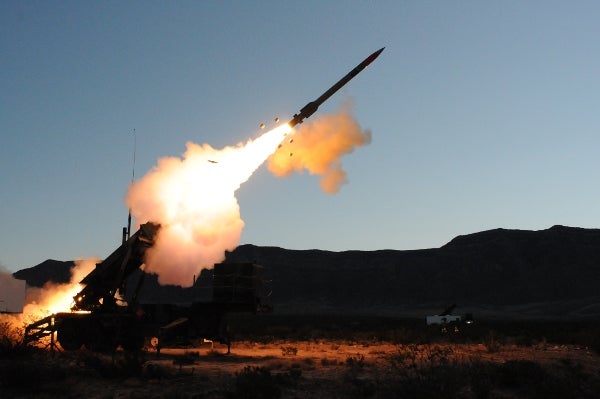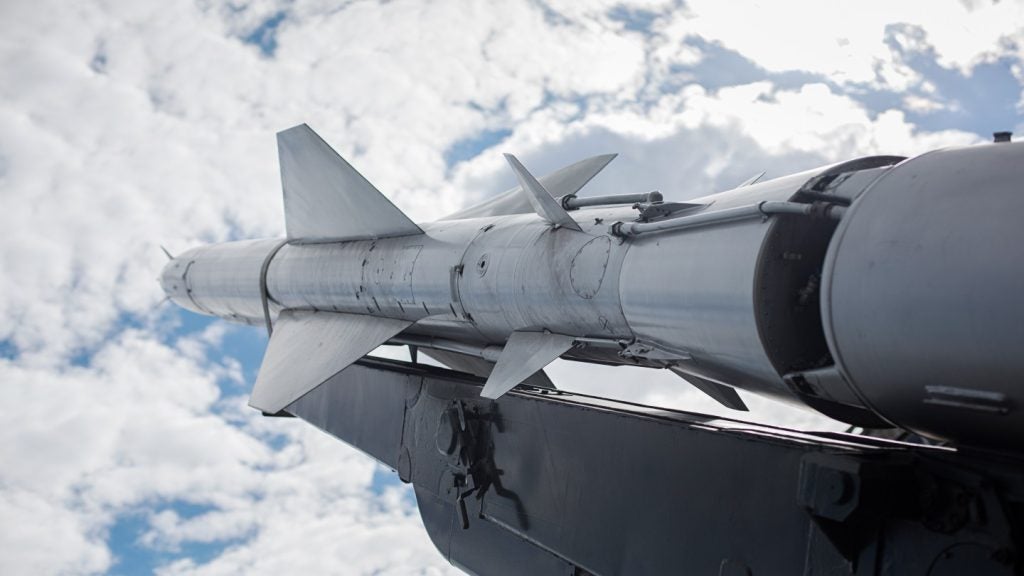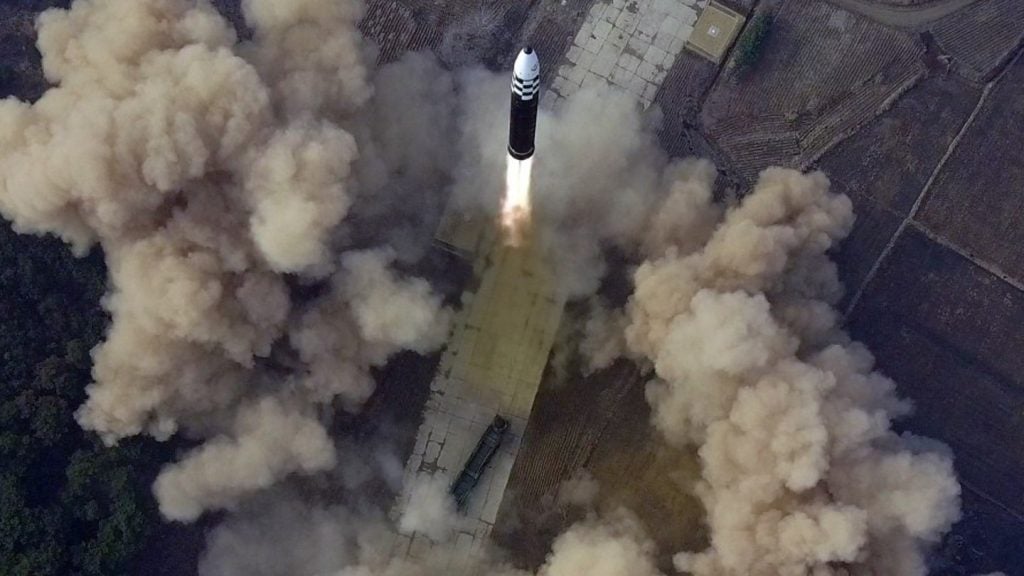
The Lockheed Martin-developed Patriot Advanced Capability-3 (PAC-3) missile has intercepted and destroyed a cruise missile target, using the joint land attack cruise missile defence elevated netted sensor (JLENS) and the Patriot system, over the Utah Test and Training Range in the US.
The test displayed the missile’s capability to detect, track, engage and destroy a cruise missile target at extended range in an integrated air and missile defence architecture that combines netted sensors and missile defence systems to provide enhanced capability for the soldier.
Richard McDaniel, Lockheed Martin Missiles and Fire Control business’ PAC-3 programmes vice president, said the PAC-3 missile continues to be successful against current modern threats and is ready for future modern plug-and-fight air and missile defence architectures.
"This effort moves us closer towards achieving the US Army’s vision of a truly integrated air and missile defence system," McDaniel added.
See Also:
The missile demonstrated the ability to defeat cruise missiles in September 2004 by successfully intercepting an incoming tactical ballistic missile (TBM) and a low-flying MQM-107D cruise missile target at White Sands Missile Range in New Mexico, US.
How well do you really know your competitors?
Access the most comprehensive Company Profiles on the market, powered by GlobalData. Save hours of research. Gain competitive edge.

Thank you!
Your download email will arrive shortly
Not ready to buy yet? Download a free sample
We are confident about the unique quality of our Company Profiles. However, we want you to make the most beneficial decision for your business, so we offer a free sample that you can download by submitting the below form
By GlobalDataPAC-3 utilised ground-based sensors to locate the targets during testing.
Developed by Raytheon Integrated Defense Systems, JLENS is an elevated, over-the-horizon sensor system designed to provide primary defence against intruding cruise missile threats.
The system features two tethered 74m aerostats connected to mobile mooring stations, each with the capability to integrate other communication and sensor systems.
JLENS can monitor large areas, even over contoured or mountainous terrain, providing the PAC-3 missile with reliable data for target acquisition.
PAC-3 is an advanced, hit-to-kill air defence missile designed to defeat incoming tactical ballistic missiles (TBMs), cruise missiles, aircraft and unmanned aerial vehicles (UAVs) by direct, body-to-body impact.
The missile is currently in service with 12 nations worldwide, including the US, Egypt, Germany, Greece, Israel, Japan, Kuwait, the Netherlands and Saudi Arabia.
Image: Lockheed Martin’s PAC-3 missile being fired during an integrated flight test at the Utah Test and Training Range, US. Photo courtesy of: Lockheed Martin.







